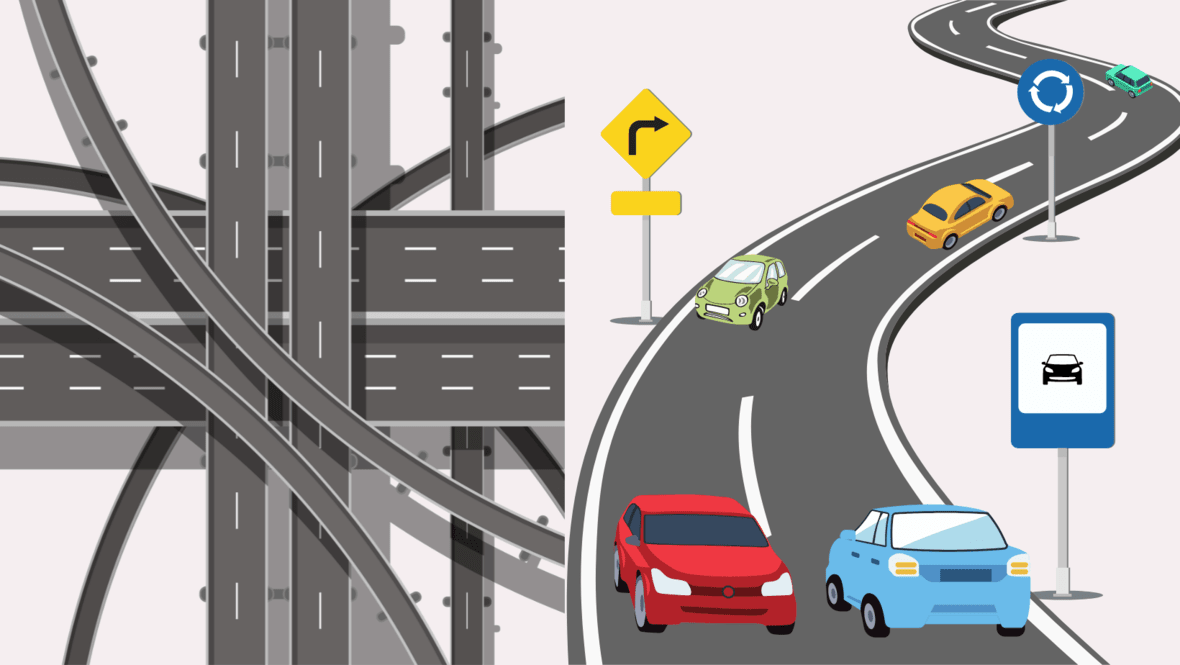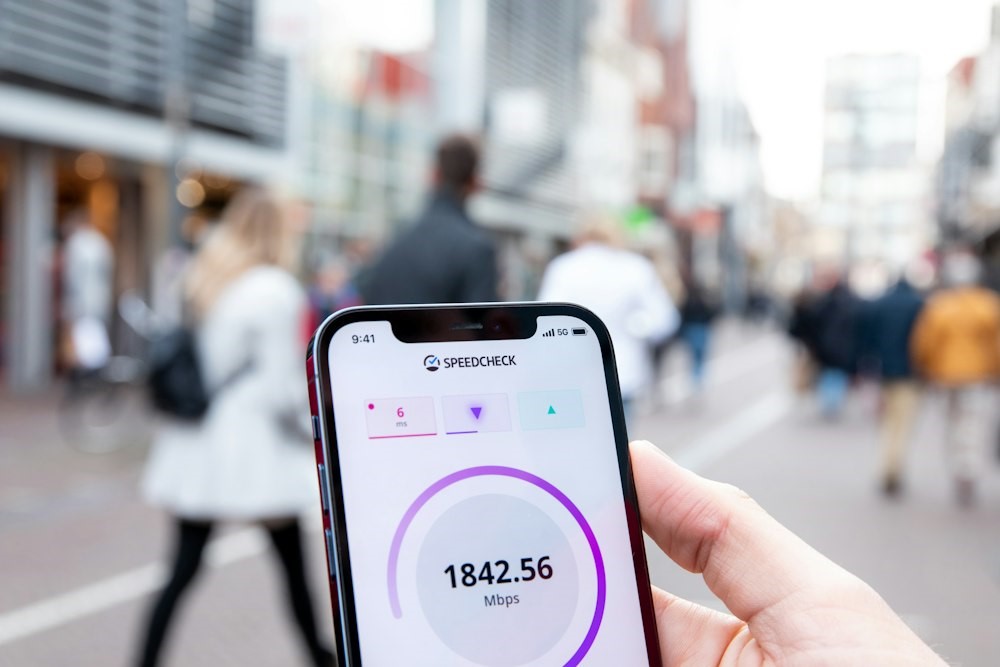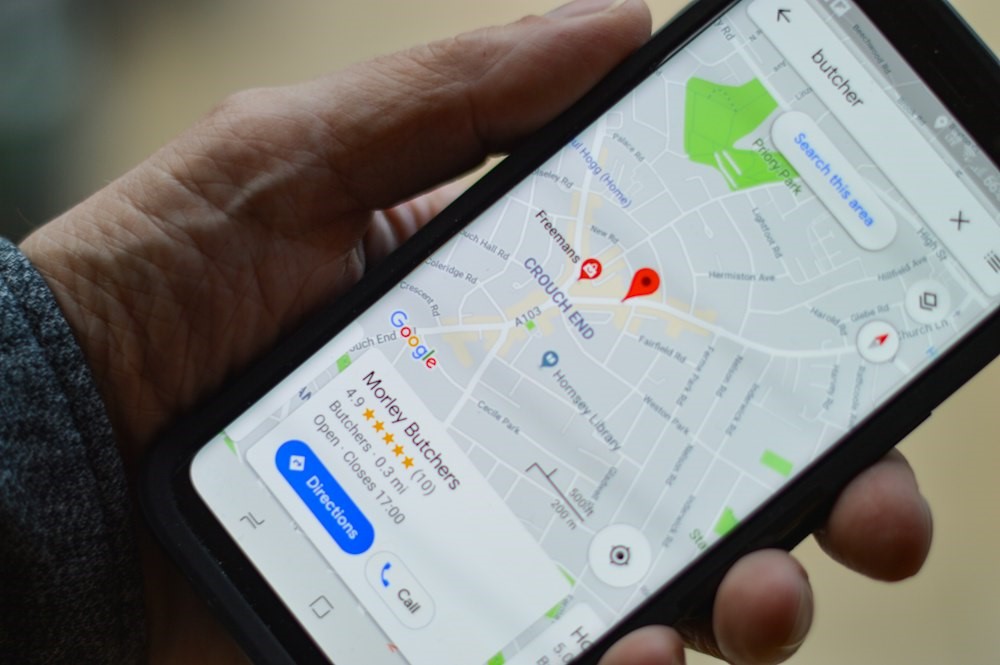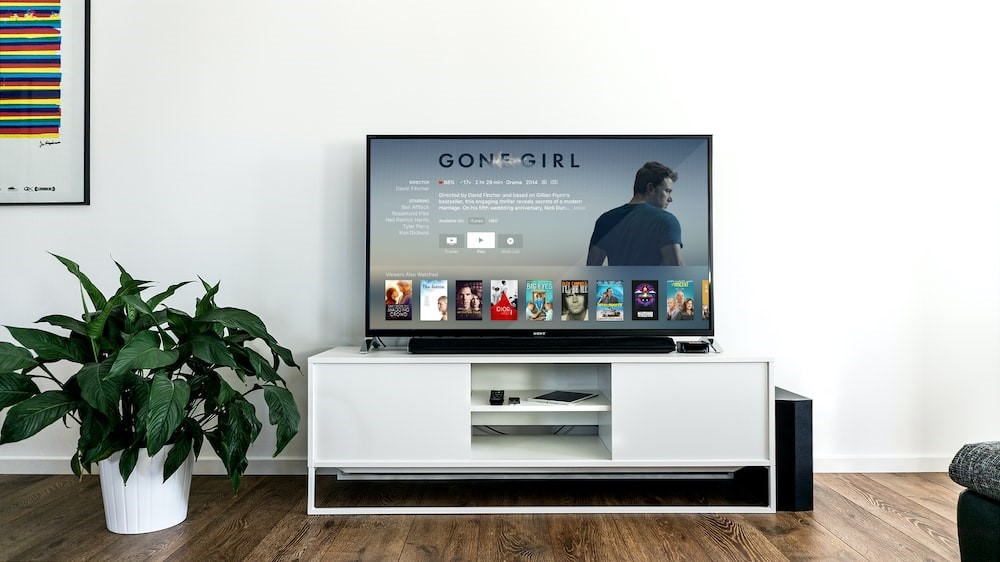The average internet speed around the world has drastically increased in the past decade. However, you can’t always expect a universally good internet speed. In the end, a good internet speed is a relative term. For instance, speeds suitable for online meetings may not be enough for uploading videos to YouTube.
Nevertheless, a clear idea of internet speeds will help you choose the right internet plan for your home or office.
How to Choose A Good Internet Speed for You
The best internet speed for most advanced users and families is 200Mbps, but you should ensure that the connection offers the required upload and download speeds for your needs. It is wise to ensure sufficient bandwidth to manage multiple streams of data or latency and ping for gaming.
Internet Speeds and Bandwidth Explained
Contrary to popular belief, internet speed and internet bandwidth are not the same. In one way, both these metrics refer to the performance capability of your internet connection. But they are not the same.
For instance, you can have a high bandwidth network without the highest internet speed. In the same way, an internet plan with a great internet speed may not necessarily have the highest bandwidth.
Now, I will try to explain the difference between internet speed and bandwidth using a popular analogy: the highway.
The Highway Analogy: Capacity vs. Quickness
According to this analogy, internet bandwidth is the highway infrastructure. That is, the width of the band refers to how much data it can pass through at a single time. So, the analogy goes like this: if the highway is bigger, you can let more vehicles pass through. In the same way, if your internet connection has a high bandwidth, it can handle multiple streams of data simultaneously without interruption.
On the other hand, the internet speed is like the vehicle’s speed on a highway. This number depends on how fast a vehicle can reach from one point on the highway to the other part. So, in practice, internet speed refers to the swiftness with which data can travel between your computer and the destination server and get back. But just because you have a huge highway does not mean that the internet speed is also high.

Multiple factors such as network condition, ping, and latency will affect the final internet speed that you experience. In this guide, we will refer mostly to the internet speed, which is what matters the most to home users. Therefore, unless you have specific bandwidth requirements for streaming or gaming, you can focus on the internet speed.
How to Check Your Internet Speed
You can use www.speedtest.net to check your internet speed. This website is accessible from mobile or PC.
Standard Metrics for Internet Speeds
There are universal metrics with which internet speeds are calculated.
In most cases, internet speed is measured in Megabits per second, commonly referred to as Mbps. It refers to the amount of data that can be transferred in a second. If your internet plan has a speed of 200Mbps, it can transfer up to 200 Megabits per second.

For instance, while your connection may have a maximum speed of 200Mbps, it can achieve the speed only when the source server supports it. Let’s say that you are downloading a file from Google Drive. Because the Google Driver servers are pretty fast, you may have access to maximum speed.
Mbps vs. MBps
It is equally important to remember that Mbps refers to Megabits per second, not Megabyte. A Megabyte is made of 8 megabits. Therefore, if your internet connection has a maximum speed of 200Mbps, it is capable of downloading or uploading 25MB of data per second. Ideally, ISPs should mention the actual data speed, but it is not 1MBps or 10MBps is less appealing than 8Mbps or 80Mbps.
For the rest of the guide, we shall also refer to internet speeds with Mbps. However, I shall try to mention the average upload/download speeds when necessary.
I think it’s important to explain some common terms that are always used while talking about internet connections and internet speeds.
Broadband
Broadband is a term that is used to refer to high-bandwidth networks. According to the current standards set by the FCC, an internet connection can be called broadband if it has download speeds of at least 25 Mbps and upload speeds of 3 Mbps.
Ping/Latency
Even though ping and latency are two different terms technically, they both refer to the time it takes for a signal to leave your device, get to the destination server, and come back. In most cases, these terms are used to refer to the speed of connection and not necessarily the data transfer speed.
Throttling
Throttling refers to the process of limiting the speed of something. For instance, when you hear that your internet service provider has throttled the upload speed, it means you cannot access upload speeds higher than the limit.
I will be referring to these concepts multiple times in the guide.
Difference between Upload and Download Speeds
I will quickly go over the differences between upload and download speeds in the context of an internet connection.
The Upload Speed of your internet connection refers to the speed at which your computer can send the data to another server. This would happen when you are attaching a file to an email message or uploading a file to Google Drive. In addition, your internet connection will have to upload smaller amounts of data when you are browsing the web.

The Download Speed, on the other hand, refers to the speed at which your computer can retrieve the data from another server. This is mostly what happens when you are streaming a video from YouTube or watching a movie on Netflix. Similarly, if you want to download a game from Steam or a PDF document from another source, the download speed will matter.
Now we have to talk about the bigger problem: the difference between upload speeds and download speeds in general.
In an ideal world, when you get an internet connection with a maximum speed of 200 Mbps, you should have the same speed for downloading and uploading files. However, this does not always happen. There are a couple of reasons for this as well.
- One, upload speed throttling is a common practice among internet service providers.
- Two, web servers may also throttle the speed.
These days, internet service providers are also more transparent about the upload speed-download speed divide.
Factors Affecting the Internet Speeds
As I mentioned in the earlier sections, multiple factors may influence the actual internet speeds from a connection. Therefore, even when you have a high bandwidth internet connection, it may not always offer the maximum speed. The major factors are:
Your Location
Even though content delivery networks have changed this aspect, the location of the web server is important when it comes to internet speeds.

ISP Restrictions
Internet service providers also use dynamic rules for restricting the speed. For instance, if there is increased demand throughout the network, you may not always enjoy the best speed.
In addition to these factors, time-bound issues can also affect internet speeds. For instance, if there is server maintenance or network upgrade equipment, you will notice a decline in the internet connection speed.
Common Internet Speeds You Can Find for Individual Use
I believe now you clearly understand what internet speeds are and how they could be affected. Now, we will explore some common internet speed plans and discuss whether they are up for the job.
5Mbps
5Mbps is one of the slowest internet speed plans you can find right now.
While a 5Mbps speed would cater to the basic browsing and emailing needs, you cannot expect a smooth experience with this connection. Of course, you can stream YouTube videos or Netflix content at a lower quality, but then that is where things end.
Nevertheless, I would not recommend going for a 5Mbps internet connection unless you have a good level of patience.
Suitable for: Casual browsing, low-quality content streaming.
25Mbps
25Mbps is probably the most common internet speed plan you will find on the affordable side of things.
An internet connection with 25Mbps speed is great for most people. Even if you live with a family with 2 or 3 people, they can sufficiently use the resources at the same time.You should understand that at its best level, this connection will help you download 3MB of data per second.
So, I would recommend going for a 25 Mbps connection only when you are sure about your low internet demands.
Suitable for: Full HD streaming and casual gaming
50Mbps
50Mbps is the starting of mid-tier internet speeds, and they are pretty popular among families.
50Mbps of internet speed translates into the ability to download almost 6MB of data every second. Therefore, this internet connection can easily handle multiple full-HD streams and something else you want to download.
Therefore, it is a common option for families with up to 5 or 6 people. You would not have to wait a lot to download a full-sized game, either.
I can confidently recommend a 50Mbps internet plan if you want to ensure a smooth internet experience for your family while leaving room for more.
Suitable for: Multiple Full-HD streaming, medium-speed downloads, and multi-user environments.
100Mbps to 200Mbps
100Mbps to 200Mbps is the range you should look for when you need the best value for internet speed.
Within this speed range, we are talking about multiple blazing-fast downloads and many 4K video streaming tabs. You can have a high-speed download experience too. On the higher end of these things, this internet connection can download up to 25MB per second.

You can benefit from the higher speed in two ways. One, you can use it to ensure the maximum speed on one device. Or, if you have a larger family with 10 members, all of them can use their devices without buffering.
Because these plans offer a lot of value, I can easily recommend a 200Mbps internet plan for most families.
Suitable for: Families who need a smooth internet experience.
300Mbps to 500Mbps
300Mbps to 500Mbps is a range that belongs to the higher tier of internet speeds. And they can be pricey.
On the bright side, you do not have to think twice about download or upload speeds. At its ideal state, the 500Mbps connection can download up to 60MB of data per second. It means you can have 4K videos open on 10 devices.

In that case, a 500Mbps internet plan would be ideal for YouTubers or other content creators. You can upload a full-length YouTube video in minutes, or even seconds, instead of a couple of hours. On the other hand, if you want to share the connection with a large family, a 500Mbps connection will be more than enough.
Nevertheless, a 500Mbps internet connection is borderline overkill for most people. Considering that they can be expensive, I would recommend these plans only for families.
Suitable for: High-speed downloading, multiple streams of 4K content, instant gaming
1Gbps (1000Mbps)
1Gbps or 1000Mbps internet speed is mostly overkill for the majority of people. But it works for some.
For instance, if you want to future-proof your connection and offer the best speeds for everyone in your family, you might want to consider this. When we translate this speed into real life, this internet connection can help you download 1GB of data every 8 seconds.

You should also note that with 1Gbps of speed, you are closer to server quality speeds than residential level. And the remarkable thing is that you can go beyond this speed. Many internet providers like Google Fiber offer high-quality multi-gig connections if you are willing to pay for the equipment and the subscription plan.
Therefore, I would recommend a 1Gbps internet connection for advanced professionals or even a semi-office where you have multiple people using multiple devices.
Suitable for: Advanced professionals, home-office environments with tens of devices
Best Internet Speed for Households in 2024
In my opinion, and according to experts, the best internet speed for households in 2024 would be 200Mbps.
As I said earlier, this internet connection makes it effortless to stream multiple 4K videos, even when you have tens of devices in your family. You can also easily connect smart homes and other appliances thanks to its high bandwidth nature.
Due to the increasing popularity of these plans, you can find competitive pricing in the industry as well. Even in a place like California, you can get a 200Mbps connection without paying much. In multiple ways, a connection with 200Mbps speed can also future-proof your home for at least a few years.
To avoid issues with speed throttling, you should be careful while choosing the internet service provider.
How Fast is 300Mbps Internet?
300Mbps internet is pretty fast for most people and families. With this speed, you can easily stream 4K videos and engage in multiplayer gaming with ease. In short, I would say that a 300 Mbps internet connection is really fast for most families and advanced users.
Is 200Mbps Good for Gaming?
200Mbps is probably the optimal speed for gaming and downloads. Translating to data speeds, the internet connection can easily download up to 25MB of data per second. I would say that 200Mbps is great for gamers unless you are looking for multiple live-streaming systems.
Frequently Asked Questions
As we mentioned earlier, 200Mbps and 300Mbps internet connections are very fast. They are fast enough to help you with multiple 4K streams and enjoy high-speed downloads. It is a great speed range for most big families out there while being reasonably priced.
Depending on your usage, 10Mbps connection speed can be pretty bad. For instance, we are talking about the ability to download only 1MB of data per second. It means you cannot have multiple streams of HD streaming either. And if you have many devices connected to the network, 10 Mbps speed can be worse.
Conclusion
I would like to end by saying that you have plenty of options when it comes to internet speed these days. Thanks to the increasing popularity of fiber optic internet connections, you can enjoy these speeds without spending a lot on the infrastructure front.
I also would like to warn you about the potential limitations of slow internet speeds like 10 Mbps or lower. Of course, it may get the job done, but you have to understand that our demand for data consumption is only increasing day by day.
Earlier, HD streaming was the gold standard, but it has been replaced by 4K and full-HD streaming. Soon enough, you can find an incredible variety of 8K content, especially for 8K smart TVs. So if you would like to catch up with this demand, it is of course better to have a high-speed internet connection than to have buffering experiences.